
For the past two years now I’ve put a section on psychology in my annual guidebook’s content marketing section.
The reason for this is that psychology sells.
It’s a way for you to tap into inner desires, lizard brains, and the true wants of your user.
When you can do that you can better sell them your products or services, get them to sign-up for your email list, or follow you on social media.
It’s all about the goals of your content, and what you want that user to do after reading it.
By using simple psychological principles you can better get your user to do what you want.
Here are 12 posts from 2015 that really got to the heart of that.
Using Psychology in Marketing
One post that you should check out was written by Pratik Dholakiya on Search Engine Journal on January 20. It’s called How to Use Psychology to Build Social Media Campaigns That Resonate, and has the following tips:
– Put a Human Touch on Brand Interactions;
– Use Compelling Narrative to Inspire Followers to Take Action;
– Make it Fun and Encourage Participation;
– Leverage Nostalgia to Trigger Warm Fuzzies;
– Shift Your Mindset From “Selling” to “Sharing.”
If you’re into social media strategy, this is a post to look at. I had a whole section on using psychology to get traffic in my last SEO book, Stand Out, and I really think you need to start thinking about this in your daily online affairs.
Keeping Readers
7 Psychological Ways to Keep Readers Attracted to Your Blog was a post on March 23 by Hassaan Khan on Blogging Cage. Some of those tips are:
– Make Posting Schedules and follow them;
– Give Alerts and Notifications about Posts;
– Create Shareable Images;
– Add People’s Examples in your Blog Posts.
Those are all good tips for getting ahead, and you’ll find more details by visiting this post.
Trigger Words
Dvora Goldstein had a post on Boost Blog Traffic on June 4 called 17 Trigger Words That Work Like Cheat Codes for Getting Your Content Read. Some of those words are:
– You;
– Because;
– Yes;
– New;
– If;
– How.
If you go outside right now and look up you’ll also find that the sky is blue. That’s about the same level of awareness you’ll get from this post, in my humble opinion. I mean…we should use ‘you?’ Wow, do you want me to go back to first grade as well?
Honestly, sometimes the people that ‘know’ what’s going on don’t have a fucking clue. This post is laughable, how elementary it is. Obviously it’s summer, the time of year when we stop trying. Jon Morrow obviously has…but then he doesn’t do much besides bring ringers in anyways, er…guest posters.
I Ain’t Missin’ You at All
Michele Linn had a June 23 post on Content Marketing Institute called The One Content Marketing Question You Need to Ask (That May Scare You). That question is, “would anyone miss your content if you did not publish it?”
Wow, that hits you in the gut, huh? I have to say…probably not. I don’t think anyone would really miss the content on this site. Maybe on Wednesday, but that’d just be like missing coffee or a cigarette for a day. By the next it’d be easier and after a week or two you’ll hardly think on it.
Linn’s fix is to have your content build anticipation. You want people to be craving what you write, your tone, or whatever it is that’s pulling them in. If you’re not sure what that is, then you might have some problems.
I’m not sure I’m the best to comment on this, as I don’t get much traffic (about 500 to 600 unique hits a day) and hardly any comments. So like I said, people wouldn’t miss me much. How about you?
3 Important Blogging Qualities
Why Your Blogging Community Wants More Than Just Quality Content was a September 14 Shade of Info post by Andrew M. Warner.
The post delves into what quality content is and why your audience wants it. It also mentions that quality content alone just isn’t enough.
Three ideas are presented to get over that hurdle, and they include:
– Trust;
– Giving Credit;
– Personality.
Warner has much longer sub-headings than those, and you’ll get quite a bit of analysis for each.
This is a good post to check out, and I honestly think there might be more words in the commenting section. See for yourself!
Giving Social Posts a Psych Boost
5 Psychology Tips to Improve Your Social Media Posts was an October 7 Social Media Examiner post by Wade Harman. Those 5 tips are:
– Images Speak to Viewers;
– Color Communicates;
– Words Trigger Action;
– Emotion Connects;
– Conversation Engages.
If you can target that lizard brain that we all have, people will turn their heads and notice. Bells and whistles, fancy colors and flashing lights all do that. Figure out how you can get that stuff into your Facebook, Twitter, or other social network posts.
Boosting Social Engagement with Psychology
3 Psychology Principles That Boost Social Media Engagement was a November 3 Social Media Examiner post by Wade Harman. Those 3 principles are:
– Focus on a Desire;
– Appeal to Knowledge Seekers;
– Tap Into the Fear of Missing Out.
What I think you need to do is tap into the lizard brain of your potential buyer or site visitor. I do like the idea of missing out and it goes well with the earlier post we saw on scarcity. That ties right into supply and demand and if you have something people want, need, and is in short supply, you’ll always do well.
So how do you get that? Well…you already have it. I don’t care if it’s the newest damn can-opener or dad’s beat-up old Buick – sell that shit.
You need to sell the hell out of that and it comes down to convincing your potential buyer that you are the best and no one else is worth their time. Tap into that lizard brain and woo the hell out of ‘em. Get more ideas in this post.
Does Content Trump a Relationship?
One post that got me thinking was Sarah Snow’s November 6 Social Media Today post called What If Content Is Not King? She makes a good argument that branding is more important than content and that you need to establish relationships.
“Remember when all people cared about was page views?” Snow writes. “And so the best minds of a generation were wasted on figuring out how to make people click?”
The problem with that approach is that that click-bait content might have gotten us to a site, but it didn’t keep us there, didn’t get us to come back the next day, and the next.
You need to “offer real value, and offer it consistently,” she tells us. I hope you give this article a read – it has lots to think on.
Why Visitors Hate Your Site
Marketing Land had a fun post from Surgo Land on November 10 called 6 Reasons Visitors Hate Your Website. Those reasons are:
– Mobile Design (causes high bounce rate);
– Click-bait Articles (causes low social shares, high bounce rate);
– Pop-ups (causes a low returning customers rate);
– Confusing Content (causes misleading time-on-site figures);
– Slow Speed (causes low conversion rates);
– Low Quality Images (causes low referral traffic).
Wow, you get quite a lot in this post and just in the headings. I’d give it a look – maybe you’re doing some of these things and it’s time to stop.
Some Psychological Processes of Decision Making
12 Psychological Methods People Use When Making Decisions was a November 12 Marketing Land post by Jordan Kasteler. Some of the methods are:
– Anchoring;
– Information;
– Decoy;
– Recency;
– Selective Perception;
– Ostrich Effect;
– The Social Effect;
– Bandwagon Effect.
Some of the methods that stood out to me were anchoring, which is “not being able to ignore the first piece of information you heard” and recency, which is tapping “into a person’s short-term memory.”
You’ll get a lot more in the post, and I bet some of the ideas will make you think and nod and perhaps change your approach on some things. Give it a look.
Dealing with Social Media Attackers
There were some good ideas for dealing with social media attacks on your brand in a November 15 Content Marketing Institute post. It was called When Followers Attack: A Monty Python Guide to Maintaining Social Media Harmon.
Jonathan Crossfield wrote the piece and he discusses the following social media personas:
– Trolls: “A Person who makes a deliberately offensive or provocative online post.”
– Complainers: Someone that has a genuine concern that you’re ignoring or not addressing correctly, causing them anger.
– Fanatics: Someone that “won’t stop protesting or heckling until” you see to their issue, even if the dispute is “unfair, unrealistic, or just plain wrong.”
So those are some interesting types and we often confuse them. The post gives you ideas for dealing with them, and even if you should deal with them in some cases.
I get called a troll about once a week, and on big sites. Content Marketing Institute actually banned me from commenting for a short time – taking away one of the only commenters they have, besides the spam posters.
I encourage you to speak provocatively and directly and not to mince words. You’ll be called names when you do, but by God, when you get companies by the balls like that they will begin to act, they will begin to redress your grievances.
Isn’t that a lot better than sending out an email to Company HQ and hoping for the best?
How Psychology Creates Long-Term Fans
7 Psychological Tricks for Turning Fleeting Visitors into Loyal Fans was a November 19 Boost Blog Traffic post by Katharine Di Cerbo. Those tricks are:
– Tell Stories from Your Reader’s Perspective;
– Sprinkle Your Writing with Success Stories;
– Show Your Readers How You’re Just Like Them;
– Credit Your Influencers;
– Display a Strategic and Prominent Personal Photo;
– Use Comment Replies to Show Empathy and Consistency;
– Let Your Readers’ Motivational Style Drive Your Headlines.
Wow, lots of stuff! You also get a bunch of stuff on loyalty triggers in this post. There are tons of examples to back up these points and I think it’s in your best interest to read this post.

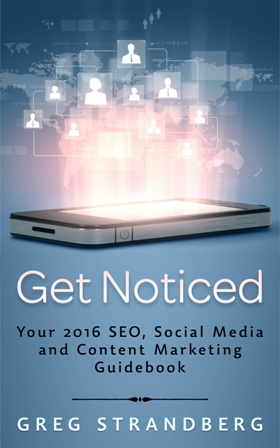









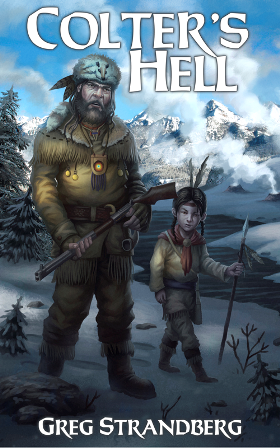


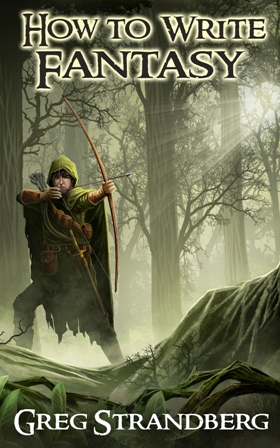


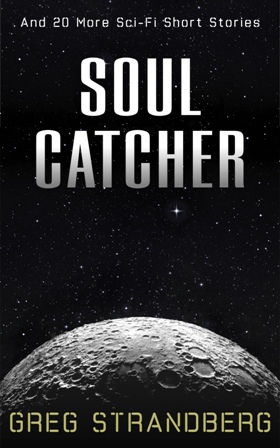

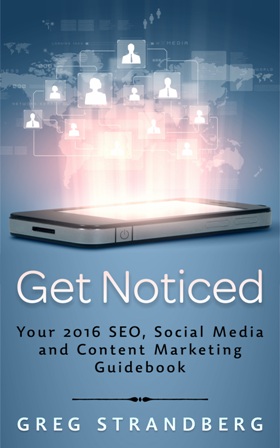
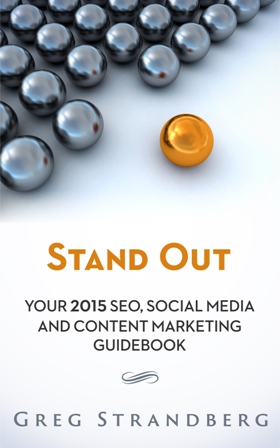







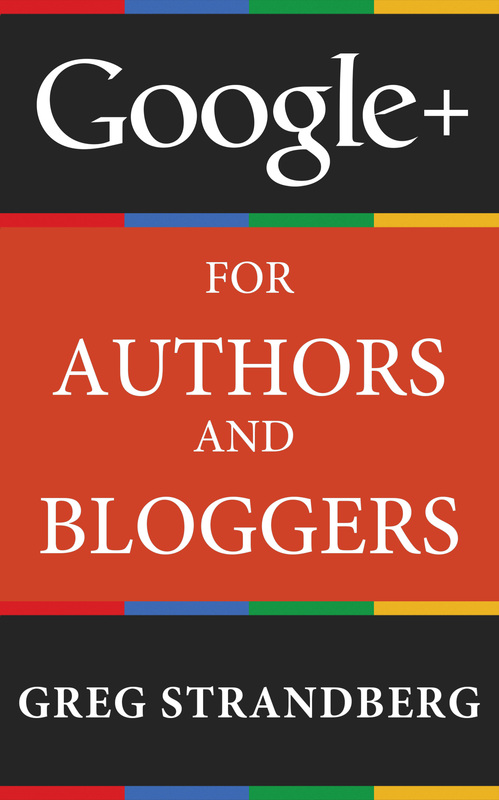







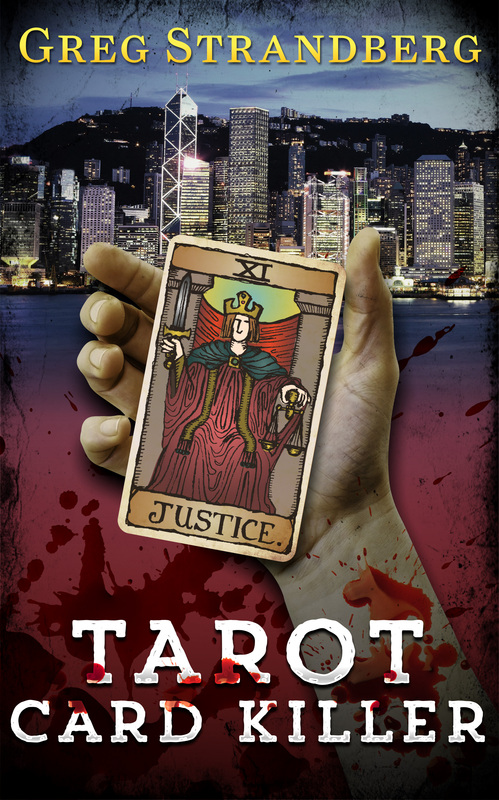
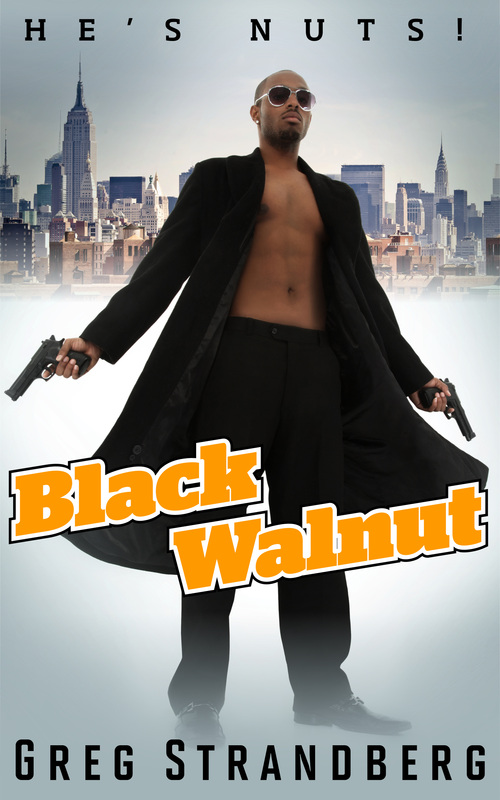






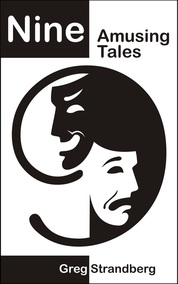
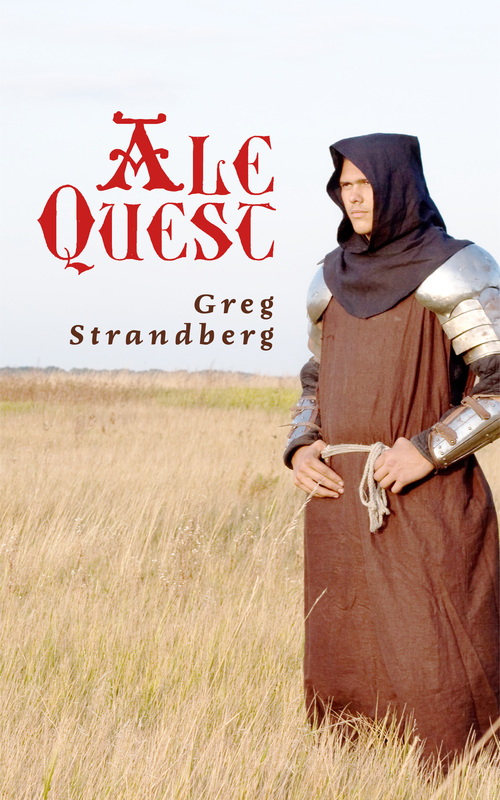
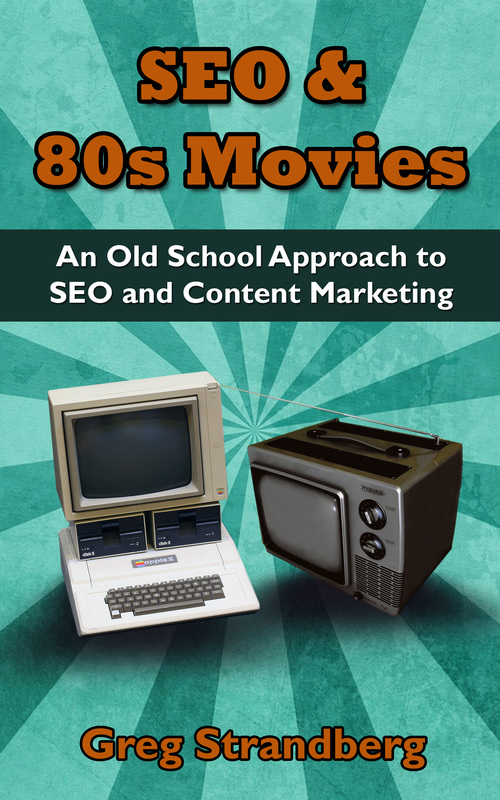












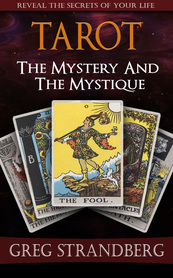
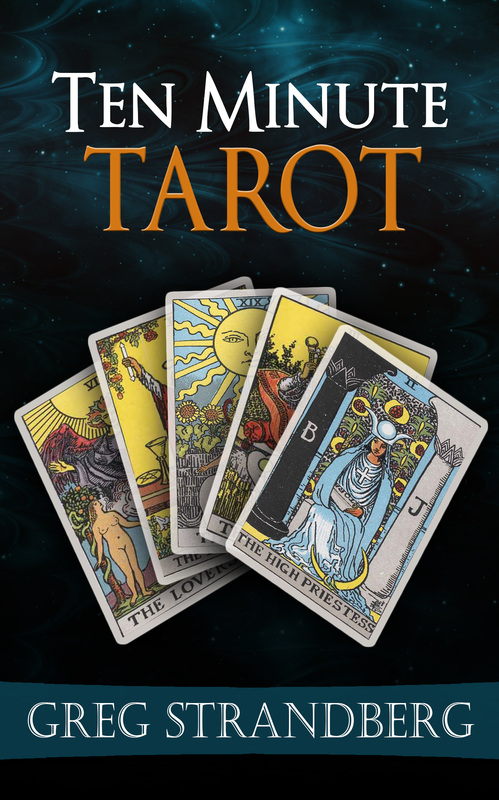




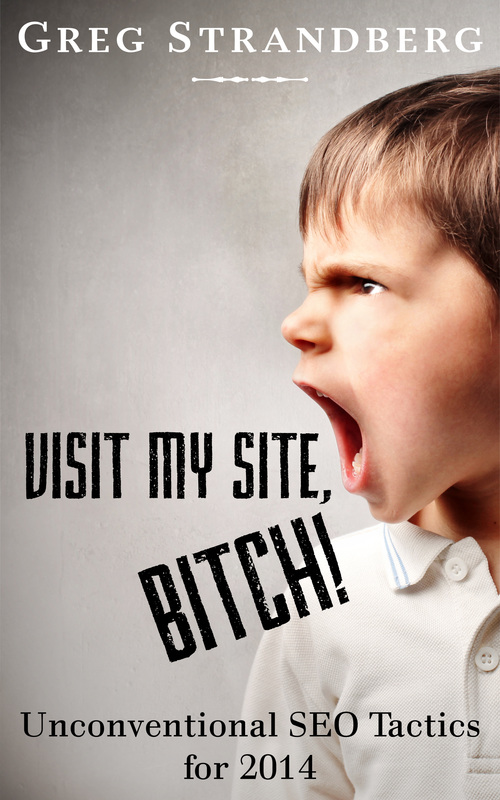
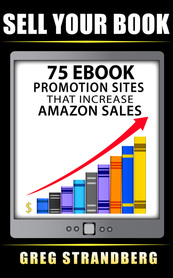
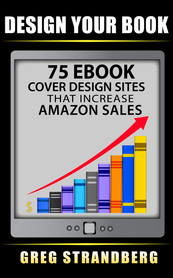
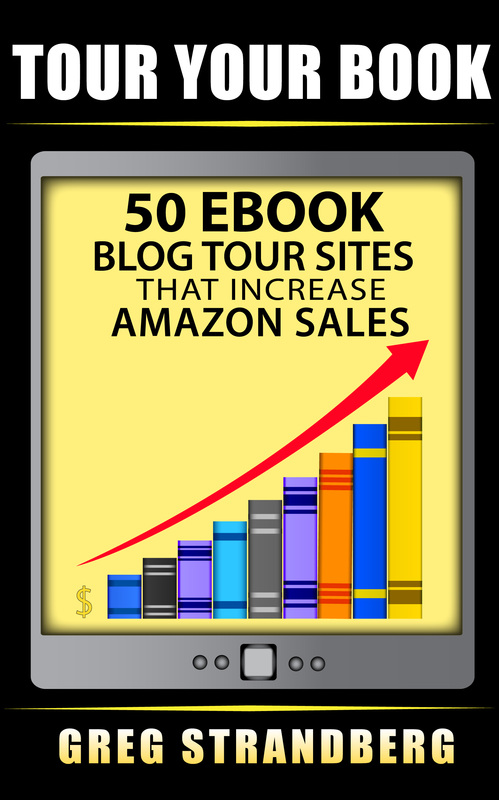






 RSS Feed
RSS Feed